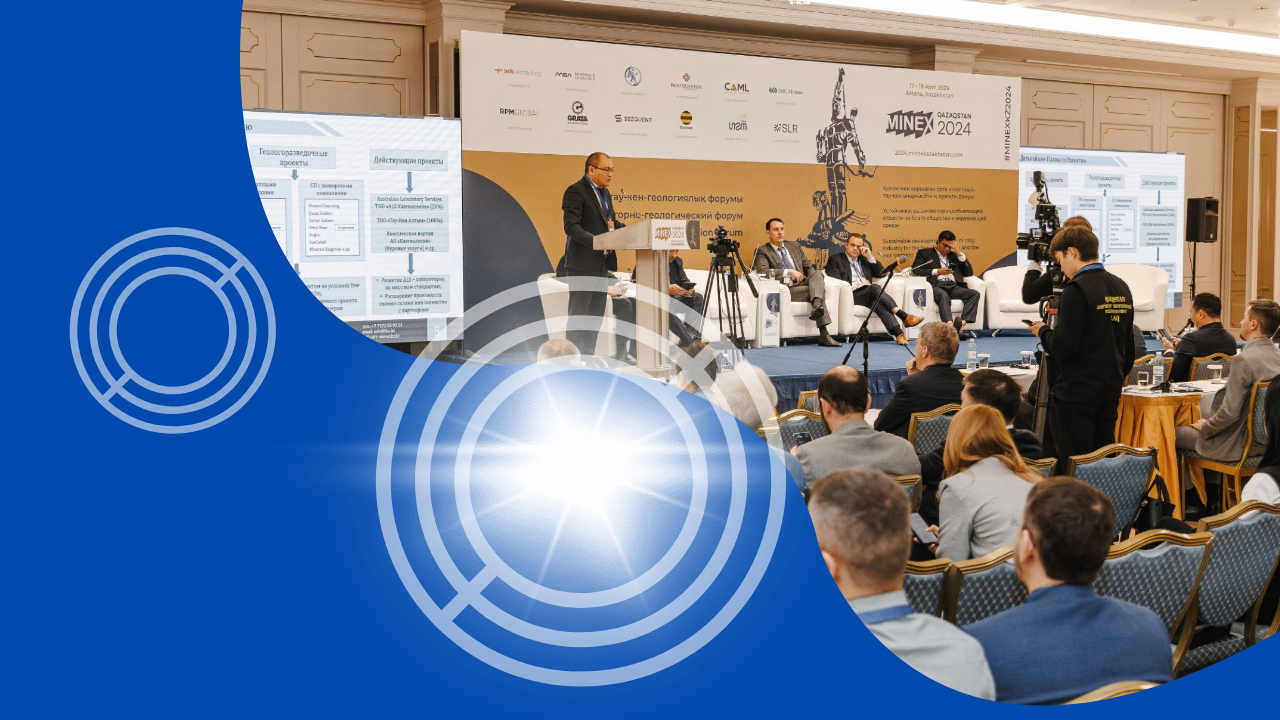Modern geologists are no longer solely reliant on physical surveys for discovering new deposits, as the integration of drones and digital technologies has become commonplace. Russian scientists recently shared insights at the Astana forum on how they unearthed the world’s largest gold-copper asset – the Malmyzhskoye deposit, as reported by IA El.kz. During the 14th MINEKS Kazakhstan Mining and Geological Forum held in Astana, the Institute of Geotechnologies (IGT) presented an overview on digitalization in geological exploration. Executive Director of IGT, Dmitry Agapitov, highlighted the evolution of exploration methods over the past 120 years, starting from 1900. He referenced academician Sergey Smirnov’s conclusion in 1946 that easily accessible deposits were nearly exhausted, leaving only challenging ore bodies. Agapitov emphasized the inherent risks in geological exploration at every stage, encompassing geological, logistical, infrastructural, environmental, marketing, market situation, and legal aspects. He underscored the observable trend: the later an investor decides to enter a project, the higher the “cost” of entry, making subsequent work more expensive. Agapitov summarized that junior companies often have inflated expectations, relying on abstract or imprecise resource assessments, and tend to underestimate the importance of archival materials. Moreover, he pointed out the common issue of stage bypassing in exploration, which leads to subsequent error correction efforts. Inadequate qualification of personnel is also a recurring risk, with experts asserting that this issue extends beyond Russia and Kazakhstan, permeating the global geological exploration sphere. Despite the labor market’s mobility, the problem persists, with professionals transitioning between legal jurisdictions, indicating a global challenge. Another issue is the occasional disregard for modern technologies, particularly among junior companies attempting to cut corners, resulting in decreased project attractiveness and indecision in investment decisions.
Source and Credit: el.kz

